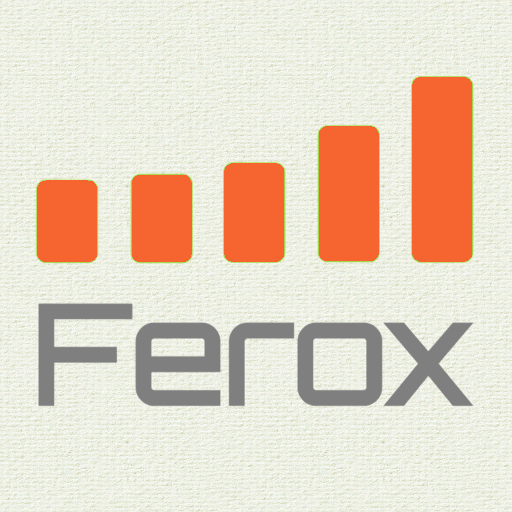The Great Crypto-Banking Crossover: US Firms Make Their Move

An unmistakable shift is underway: cryptocurrency companies are now pushing for national trust bank charters in the U.S., signaling the industry’s growing integration into mainstream finance.
1. Background & Strategic Shift
Since Anchorage Digital earned the first federal crypto-bank charter in 2021 , the landscape has changed. Now, giants such as Circle (USDC), Ripple (RLUSD), and BitGo are following suit with OCC applications . These charters ditch fragmented state-by-state licensing for unified national oversight and access to the Federal Reserve’s payment systems.
2. Regulatory Momentum
A wave of policy support—including the GOP-controlled Senate passing the Genius Act—is clearing paths for regulated stablecoin issuance. Only federally chartered entities or OCC‑licensed firms will be allowed to issue stablecoins, aligning with crypto firms’ expansion goals.
3. Who’s Doing What
- Circle plans to self-custody $61.9 billion in USDC reserves with its trust charter .
- Ripple doubles down with its OCC charter and a Federal Reserve master account to streamline RLUSD functionality .
- BitGo joins the charter queue, pursuing custody and payment processing capabilities.
- Kraken adopts a more collaborative path—launching bank cards while opting out of a charter for now .
4. Fintech + Big Bank Plays
Non-crypto fintechs such as Robinhood, Revolut, and Klarna are also vying for banking licenses to integrate crypto features . At the same time, major U.S. banks are eyeing their own stablecoin ventures in anticipation of regulatory clarity .
5. What It All Means
This convergence points to a future where crypto firms operate alongside traditional banks—offering custody, stablecoins, and payment services under federal oversight. The adoption of master accounts with the Fed could bring faster settlement and reserve efficiency. Ultimately, the response from regulators and the OCC will shape whether crypto banks remain fringe players or become central to the U.S. financial fabric.





